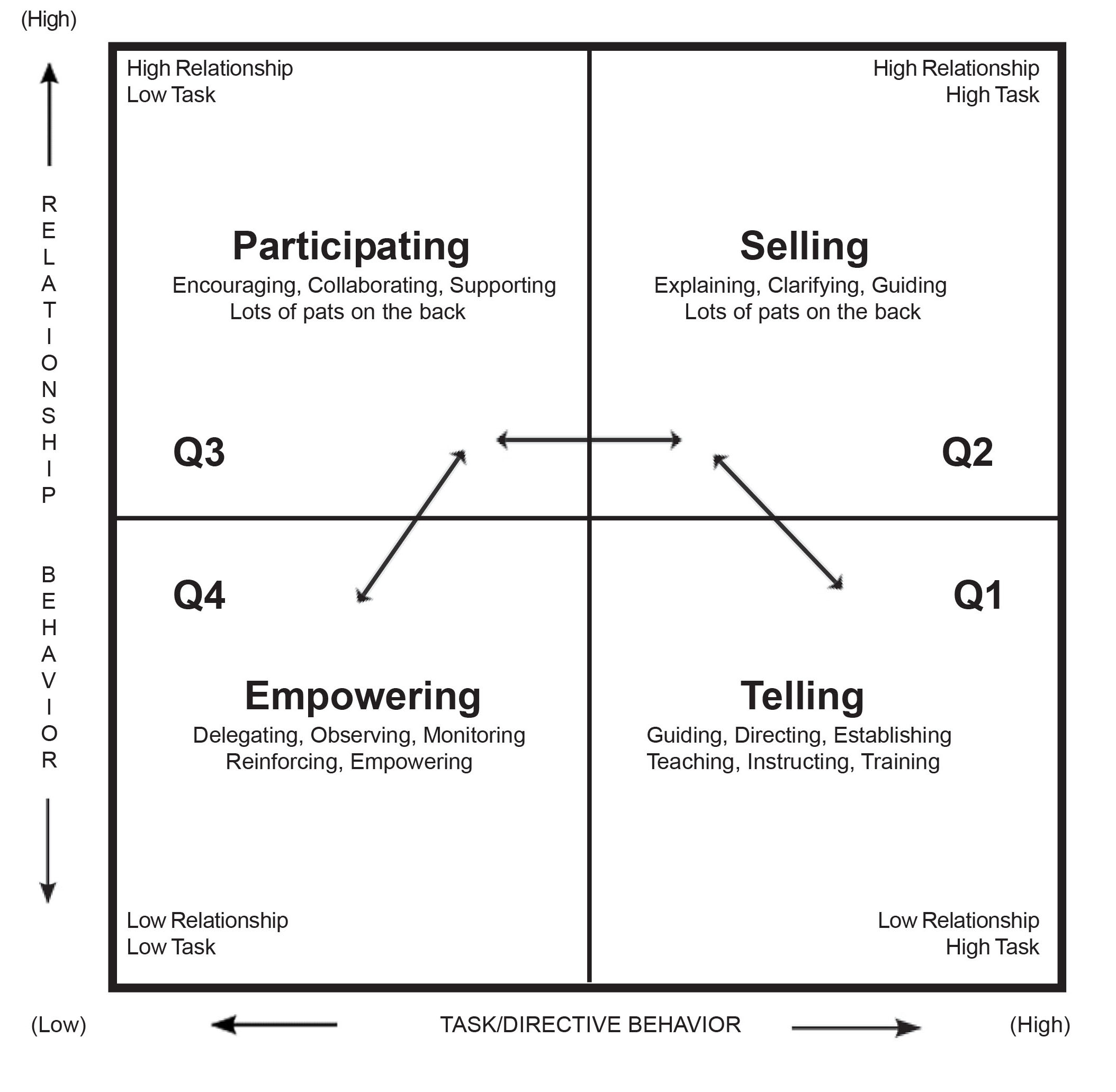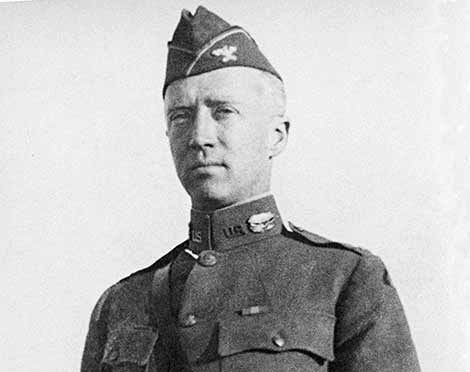You may have seen that I’m leading a Customer Service Expedition to Disney World with my friend Vance Morris in February.
I’ve, mostly, been discussing it in my Customer Service tips and newsletters, but it’s critical to understand that ALL GREAT CUSTOMER SERVICE STARTS WITH GREAT LEADERSHIP.
While at Disney World, you’ll discover the secrets Disney leadership uses to get minimum wages employees (cast members) delivering, what is considered by many to be, THE MODEL for The World Best Customer Service.
My friend and mentor Dan Kennedy is a self described curmudgeon (a bad-tempered or surly person), yet he seldom goes on vacation anywhere other than Disney World. He says, “One of the reasons I go to Disney World is that I am never told no.”
Vance Morris, my co-host on our Disney Business Accelerator Service Boot Camp is a past ten year executive with Disney. I’ll be asking this question to Vance and other current Disney execs we meet with at the boot camp. “My friend says he comes to Disney World because he’s never to no. How do you train your team to not say no when the answer is no?”
What question will you ask the current
Disney execs when we meet with them?
P.S. February in Orlando sounds pretty nice eh?
What would Walt do
with your business or practice?
There is an insidious decline in customer and client service in America with many customer service departments focused on neither service nor customers. This gradual, seemingly harmless, decline may not be easily noticed, but it is having a grave effect on the profits of businesses across America. And if Walt Disney were to rescue some these laggards of customer service, here is what he would do…
The first thing Walt would do with your business is to infuse some magic into it. But not the magic that you may be thinking of… A different sort of magic.
You generally do not hear or use the word magic in business, unless of course you are a magician. You won’t find magic on a balance sheet or in a financial statement of any business. Most bean counters will probably not be able to measure the return on investment (ROI) for magic, nor is it depreciated or amortized over the next 20 years. How then, does the Disney company, a multi-billion dollar global enterprise manage to generate so much money around magic?
We all know that there really is no magic. Only the illusion thereof. To the audience the magic show is something that can be completely amazing, filled with wonderment and joy. Not knowing how the trick or illusion is performed is all part of the fun of a magic show. However, to the magician performing the show, the perspective is the polar opposite.
A magic show is merely a very systematic event, a series of repeatable steps designed to create a specific outcome; the delight and amazement of the audience. Now to answer the question posed above… Disney really has practical magic all figured out. I hate to burst your bubble, but contrary to popular legend, Disney does not have a mine where pixie dust is extracted and then showered on the cast members (Disney speak for employee) before every working shift. They just have a REPEATABLE, replicable system to perform their show.
It is practiced.
It is updated.
It is practiced again, and again and again.
Then it is performed. Whether it be at a restaurant at one of the resorts, an attraction at a park or the route the buses take, all the magic at Disney is created with repeatable, replicable, practiced systems.
The next thing Walt would do with your business would be to implement some WOW components to how you serve your clients. The question Walt would ask you is “how can you create an experience out of the mundane”
The Wow Component means not only to meet the expectations of your clients or guests, but to exceed them, on a repeatable and consistent basis. To be sure, there are many companies that may WOW their clients occasionally. Maybe the occasional “above the call of duty” experience. Getting upgraded for free on a flight, extra whipped cream on a sundae, or an employee just did everything possible to make an unhappy client, happier.
But to truly Disnify your business, you need to make exceeding your clients’ expectations your standard operating procedure. In order to consistently exceed your clients’ expectations, you must be dogmatic, strict and unyielding in your pursuit. Analyzing your clients’ experience (from their perspective, not yours), understanding your Client Compass (Needs, Wants, Stereotypes and Emotions) and committing every part of your business (Processes, Infrastructure, Design and Training) to creating a magical experience.
The next thing, Walt would introduce to your business is to have an obsession with details. Walt Disney was famous for his attention to every detail and he dictated that everyone had the same attention that he did.
Every business should be about the details. One small oversight of the smallest of details is the beginning of the end for you. You must be unwavering in your demand for adherence to every detail in your business.
One of the chief causes of failure today is the striving for unearned success. Doing just the bare minimum in providing service and then wondering why your client never calls you back. I recently had an appliance repair company come to the house to fix a noise in the drier. When they arrived the technician was in a clean uniform (it was already 2 oclock and he had been working), placed a mat on my porch to wipe his feet, placed a towel under his tool bag and used special mat to slide out the drier so he would not scratch the floor. Now mind you, the drier is in my basement on a concrete floor and he still used the special mat. Deciding on the right “level” for each thing we do is important.
Walt once said: even if I’m the only one that notices, some things are still worth doing, because I need to be prideful to be motivated. I’m paraphrasing, but I’m close. I have to be proud of what I do, at least comfortable with it, regardless of others’ appreciation. And if I lived on others’ appreciation, my service would be nowhere as powerful as it is. Few clients can appreciate every nuance, my reasoning and the psychology behind the service I provide, many take it for granted, hardly anybody faints from awe or gives my technicians standing ovation.
Walt would then create a Service Theme and Service Standards for your business. Disney’s Service Theme is “To create happiness for people of all ages everywhere.” Vaguely sounds like a USP, doesn’t it? This Theme is the foundation and prerequisite for all undertakings at Disney. Every decision made by the cast and management is measured against it.
Service Standards are then set to create the specific actions that are necessary to achieve the Service Theme. Disney has ONLY FOUR Service Standards. Here they are in order of importance: Safety, Courtesy, Show and Efficiency.
This is cut in stone.
It is immovable.
There is no questioning it.
This is the guiding principle for everything that happens at Disney.
Safety: Safety is built into everything they do. It is the first consideration when they are designing Rides and Resorts, Emergency Services, Environmental Protection, Prevention, Training and Policies & Procedures.
Courtesy: Courtesy is taught from day 1. The fundamentals include Treating every Guest as a VIP, knowing the answers to questions (or finding the answers), giving the personal touch, using friendly phrases and gestures and being aggressively friendly.
Show: Show is integrated into every element of setting and theme. This includes Cast Appearance, Costumes, Documentation, Show Quality reviews, Standards Manuals, and of course, Cast Members are performers as well as service providers.
Efficiency: Efficiency involves both the utilization of facilities and systems and the cast members who operate them. Points that are considered include: Capacity of Facility, Guest Flow Patterns, Sales, Speed of Service, Space Utilization and Operational Readiness.
In order to have over 75,000 employees providing a seamless, exciting and memorable experience to millions upon millions of people 365 days a year, you must have a systematic process to avoid the utter chaos that would ensue.
There are processes for every little thing that occurs at Disney. From putting air in bus tires, to the bus drivers’ greeting to guests, from how many lanes are needed at the entrance to the park to how the parking lots are filled up, there is a step-by-step, exacting procedure for each.
And as with any good plan, process or system, there are clog or combustion points, and breakdowns can occur. And instead of creating a happy memory for a guest, that clog point can turn a good day into a bad one rapidly. One example we worked on was the “Lost Car” problem.
Imagine if you will that you have rented a car, (Continued P10 – What Would Walt Do?)
that by the way looks like just about all the other rental cars in Orlando, and you parked it in a veritable ocean of other cars early in the morning. Then after 8, 10, twelve hours at the Magic Kingdom, they emerge only to forget where they parked. Was it Goofy 5, Pluto 4 or Daisy 9? (Disney names and numbers its’ lots after their characters). The tram drivers also announce those locations as guests board the trams, but still, cars are lost.
Now instead of leaving those sunburned, exhausted and weary tourists wandering will-nilly through the acres of parking lots, the cast came up with a fix of sorts. Since the parking lots are filled in a specific order, the tram drivers began keeping track of what lot and row they were in at the time the cars were parked in the morning. That list was then distributed to the next shift of parking attendants. So if the guest could remember at least an approximate time they arrived, they could narrow down where the car was.
Examining your processes and choke points could reveal some serious client and guest pain points.
Finally, and this really is the bottom line point: You are running a business. Disney, at the end of the day is a BUSINESS. And the whole point of running a business is to generate PROFIT. As of this writing, Disney has just increased it park entry tickets by another 5%, and NO ONE is complaining. If they are, they are doing so quietly, as the theme parks are having record attendance. Also, as of this writing, Disney announced that they have raised their stock dividends a whopping 34% after a year of record results.
IF that’s not a reason to Disnify your business, I don’t know what is.
Join Vance Morris, ten year Disney exec and me at Disney World Ferbruary 27 – March 2 and discover how to Disnify Your Business.
Get your Invitation and complete details at https://keithlee.com/disney-info.






